Locavore: A person who consciously chooses to buy and consume locally grown foods which are in season and are grown preferably within a 100-mile radius of where they live.
To be very honest, our vocabulary when it comes to food and dietary practices has now become unwieldy. With words like herbivores, carnivores, omnivores, vegan, vegetarian, pescatarian, eggetarian all crowding our food world—which is a very big world thanks to globalisation now—do we really need to add another one, locavore, to add to our worries? Yes, because this word stands for something that affects us all, and needs our immediate attention. The driving force behind turning locavorian is, of course, the climate crisis and its global impact on how we live, what we eat and how we source it all.
A few years back, while delving deep into the increasingly popular ‘vocal for local’ movement in India, this author had the opportunity to turn into a locavore. This not only involved taking a closer look at my personal and familial food choices, but also increasing awareness about locally grown grains and greens, and how to source them. Take it from me, it is doable with a little effort and consistency! If you’re an Indian foodie—and let’s agree that there are very few Indians who aren’t—turning into a locavore is like discovering a treasure trove of delicious foods that not only taste great, but also give you the immense satisfaction of knowing that you are helping local farmers, your nation’s biodiversity and your own health too. Here’s how.
How Eating Local Helps The Environment
Buying local can indeed help the environment in many ways.
Protects Biodiversity: Crops that grow naturally in our surroundings also let other local flora and fauna thrive. While big business producers often end up denigrating the soil and the environment, locally grown foods by local farmers—especially small-scale farmers—not only keep foods that have been around for generations in circulation, but also protect the birds, bees and insects needed in the ecosystem.
Reduces Food Miles: Food miles indicate the distance your food products have to travel to reach you, which is directly related to the fuel and other emissions the food miles create—the higher these food miles, the more unsustainably are you sourcing your food. Buying locally reduces these food miles and helps you stay sustainable for the planet.
Provides Nutritious Food: The longer it takes for your food to travel to you, the more you lose out on the freshness of the ingredients. This can negatively affect the nutrient value of the food you eat. Locally grown and sourced foods are nutritious, and they are also good at helping soil retain its nutrients too.
How Eating Local Helps Farmers
Buying local also helps local farming communities. The primary way this happens is by making farming in sustainable ways more profitable for local farmers and farm workers. This way, the integrity of the ecosystem remains intact while helping farmers earn the money they deserve. It’s also important to note that most farmers in India are women, and buying local can also help them become more self-sufficient, empowered and financially stable.
Add to this the fact that our farmers are bastions of food and agricultural knowledge, and you know that preserving local ecosystems and helping local farmers can help us protect our national and local food heritage as well. Helping farmers also helps the environment in another way. When farmers and farming communities don’t make any profits using sustainable methods, and can’t afford other methods of farming, they tend to quit farming and travel to cities and other regions to earn a livelihood. This can lead to overcrowding in cities, increasing food miles and enlarging the overall carbon footprint.
Indian Grains And Greens You Should Go For
They are nutritious, they are locally grown, and there are a million ways they can be cooked—most of the traditional recipes from around the country which are dying out because they are going out of use in everyday Indian kitchens. Adopting these grains and greens in your diet can not only benefit you, but also the environment and the local farming community by turning you into a locavore.
The following are some amazing local grains you can include in your diet for the benefit of the planet and your family.
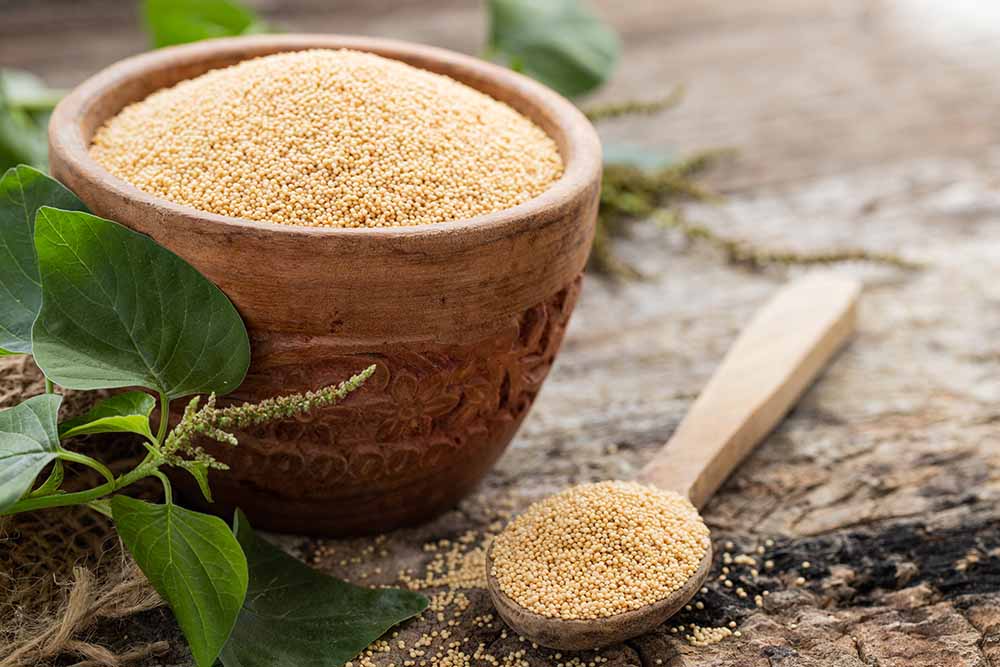
Amaranth: Also known as rajgira in North India, amaranth is gluten-free, packed with protein, nine essential amino acids and many minerals.
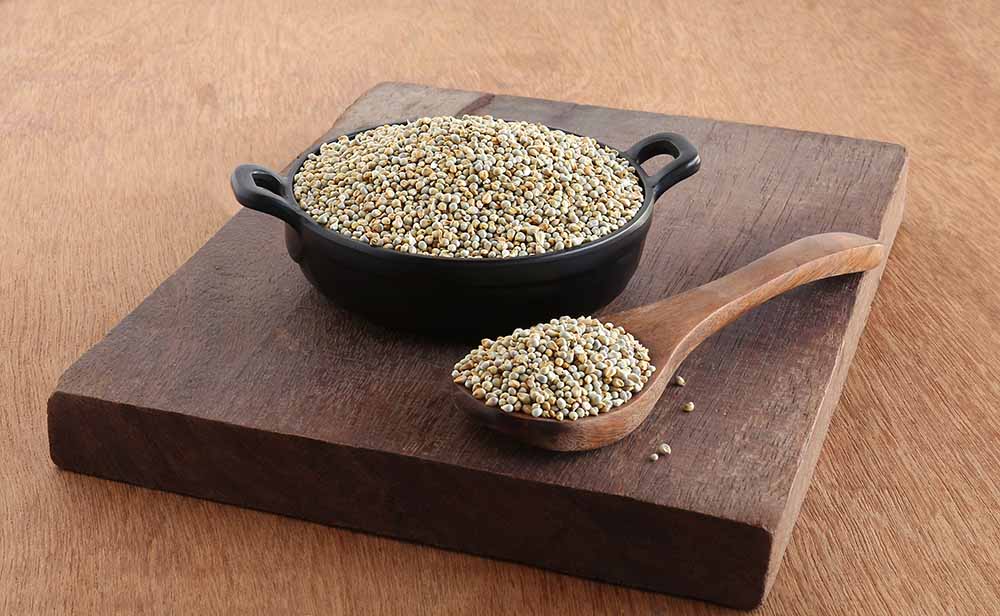
Pearl Millet: Also known as bajra, pearl millet is packed with calcium, protein, iron and magnesium—while also being completely guten-free!
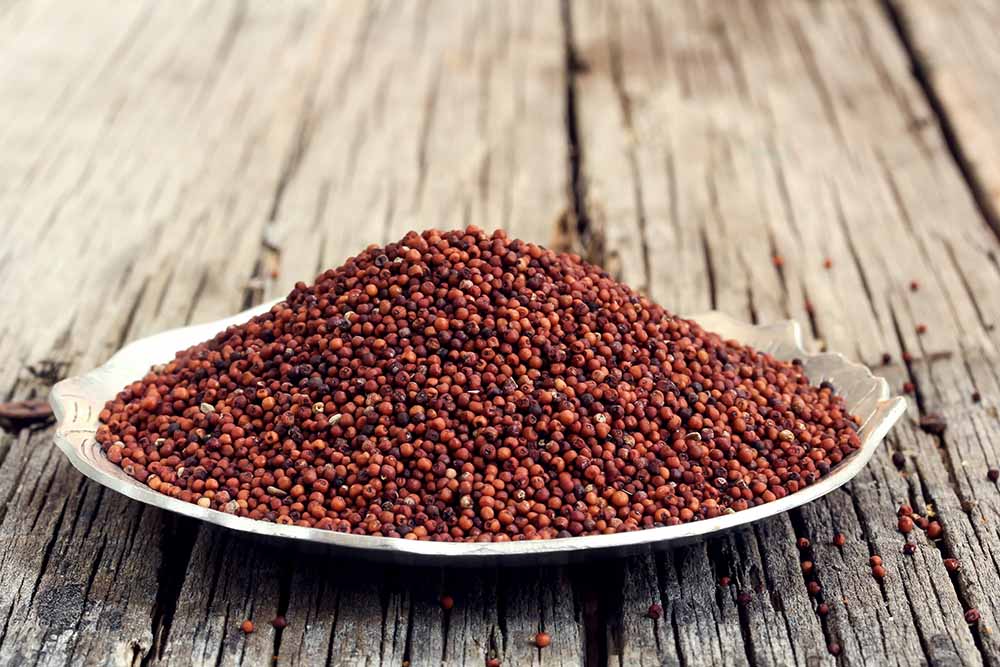
Finger Millet: Also known as ragi, which is considered to be an Indian superfood, finger millets are great for weight management because it’s packed with dietary fibres, protein and minerals.
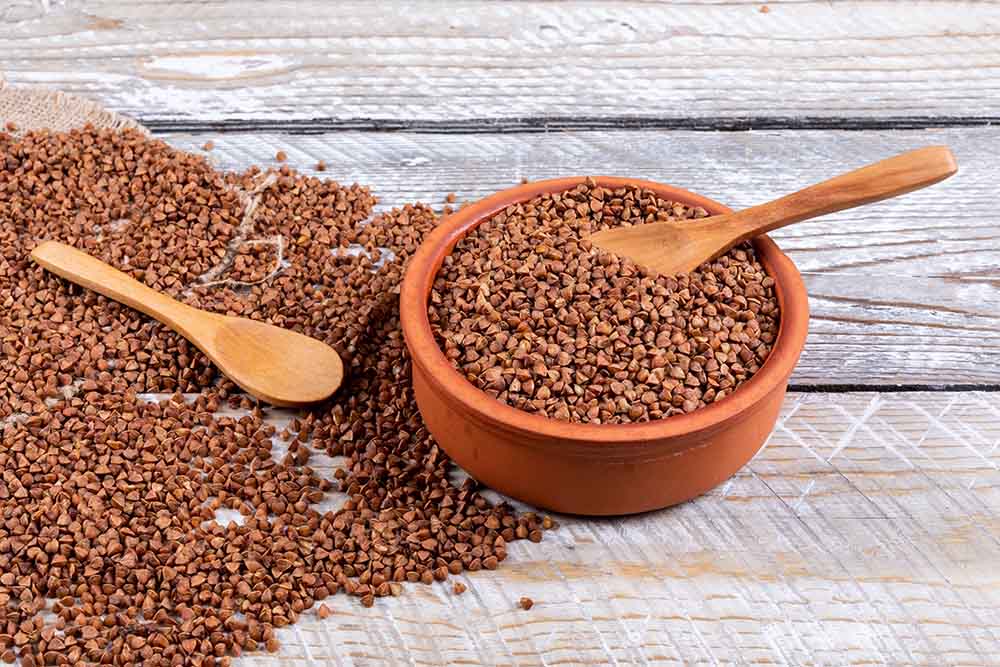
Buckwheat: Also known as kuttu, buckwheat is another superfood you should add to your diet. Apart from being packed with protein, dietary fibre and minerals, it’s also packed with antioxidants.

Barley: Also known as jau, barley is low in gluten and packed with proteins and minerals like zinc—which is why it can help lower cholesterol and control diabetes as well as high blood pressure.
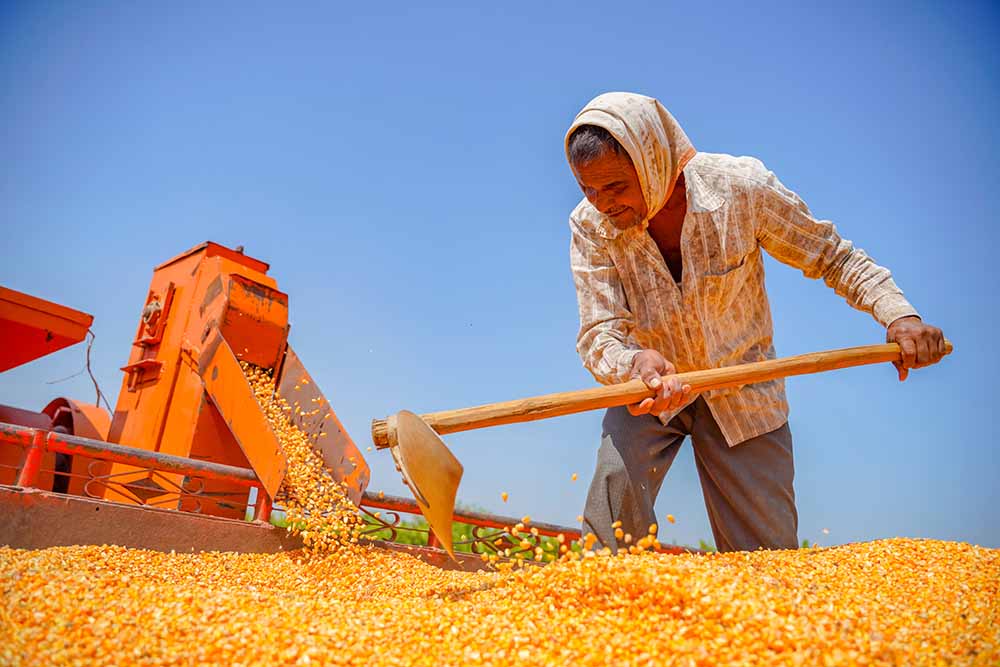
Maize: Also known as Makai, maize is a rich source of protein, folate, vitamins, dietary fibre and minerals.
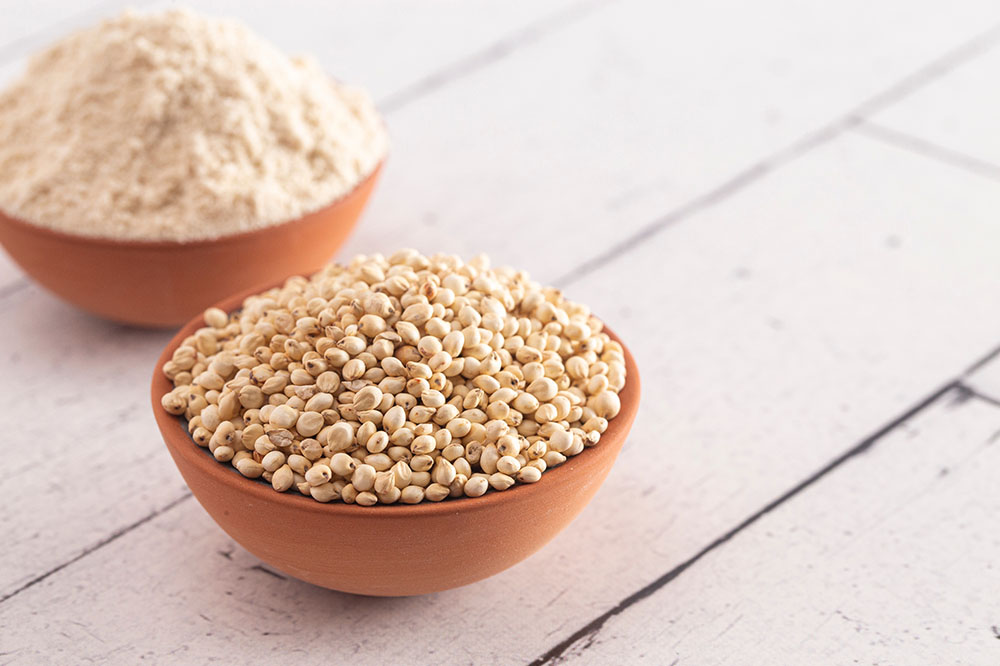
Sorghum: Also known as jowar, sorghum is rich in iron, dietary fibre, protein and vitamins—and all while being gluten-free.
While you might be familiar with Indian greens like spinach, mustard greens and fenugreek—respectively known as paalak, sarso and methi—there are many other greens grown across the nation which should be a part of your sustainable diet as a locavore. Most of these green leafy vegetables also have the added benefit of being recommended by Ayurveda. The following are some amazing local greens you can include in your diet for the benefit of the planet and your family.
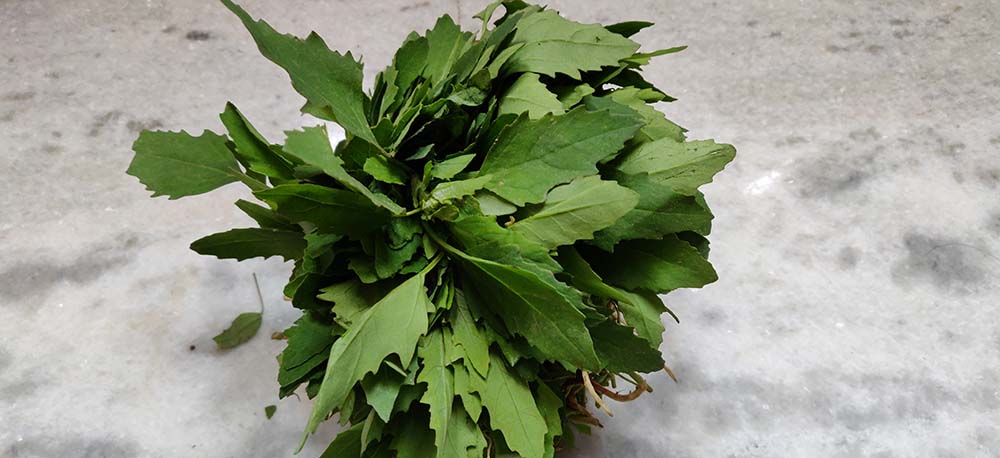
Chenopodium album: Also known as bathua in North India, this green leafy vegetable is packed with vitamins, amino acids, and minerals like iron, potassium, phosphorous and calcium.
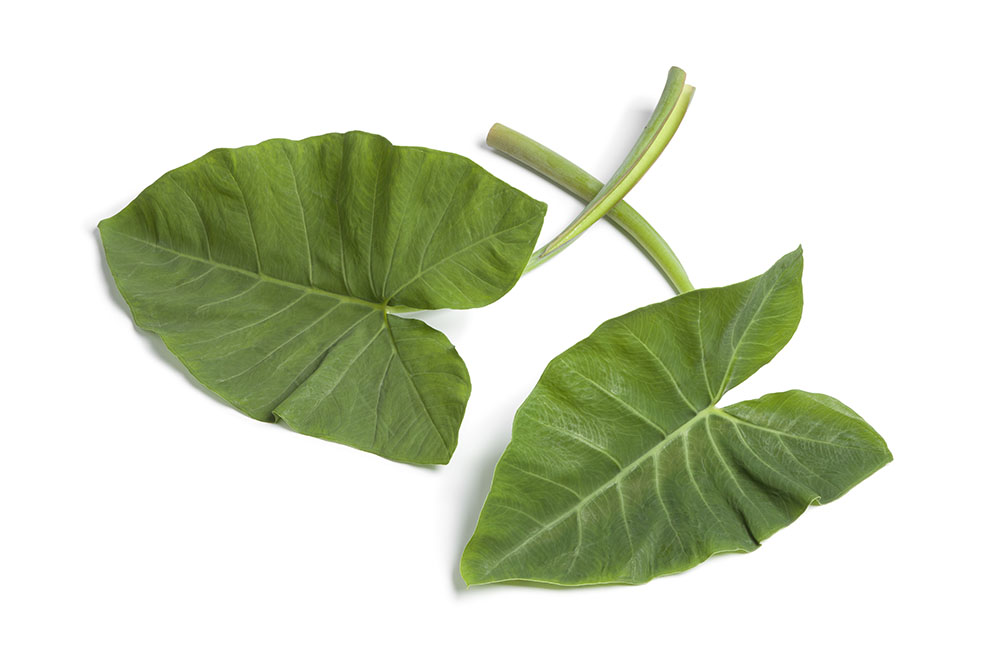
Colocasia: Also known as taro and arbi—the roots of which are also edible—colocasia leaves are rich in vitamins, dietary fibre, folic acid and minerals like iron.
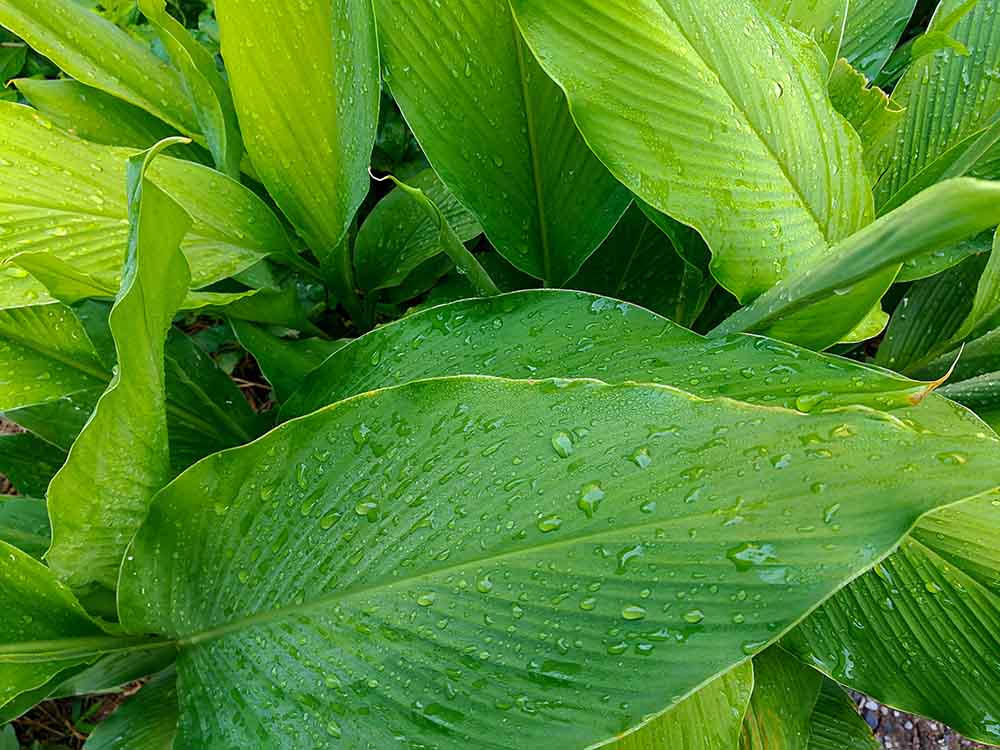
Turmeric: Yes, turmeric leaves are edible and nutritious too! Turmeric leaves are packed with curcumin, which has immense anti-inflammation and antioxidant properties, apart from being loaded with vitamins and minerals.
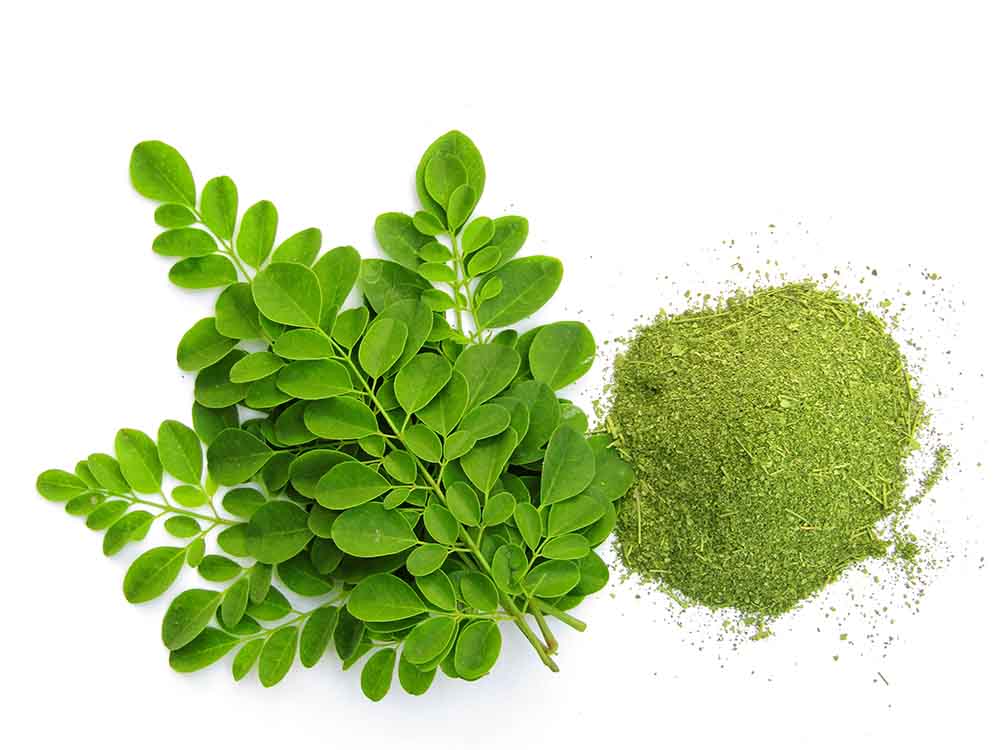
Moringa: Also known as sahjan or drumstick leaves, moringa leaves are packed with so many vitamins, minerals and phytochemicals that they are believed to, as per ayurvedic medicine, increase your immunity against common infections.
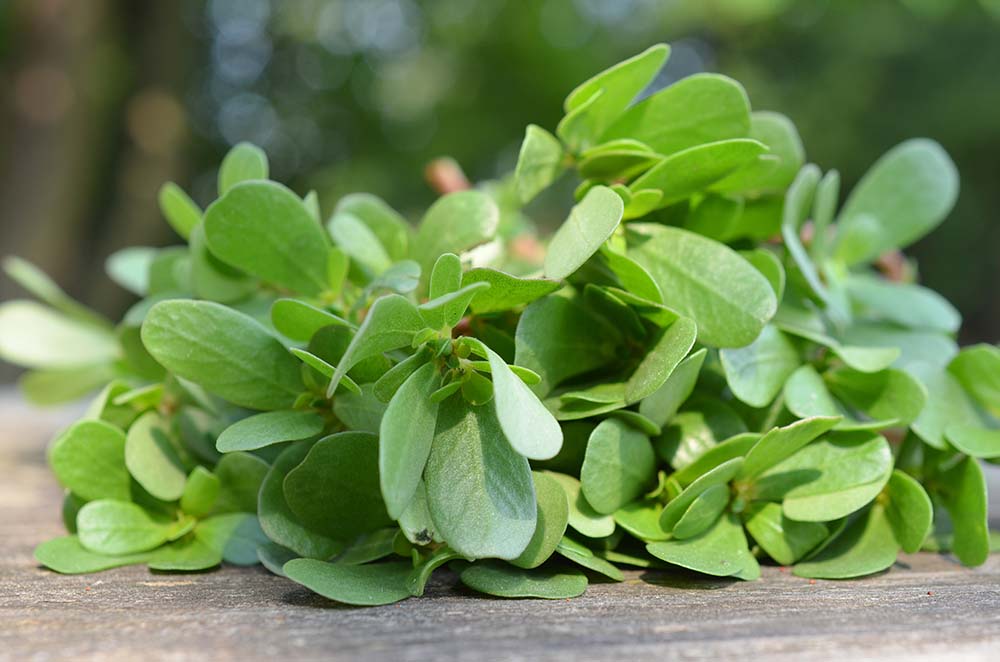
Purslane: Also known as kulfa, purslane is packed with omega-3 fatty acids—rather rare among herbs and leafy greens—apart from vitamins and minerals. Who needs kale when you can add purslane to your salads?

Water Spinach: Also known as kalmi, water spinach is rich in dietary fibre, protein, and minerals like calcium and iron.